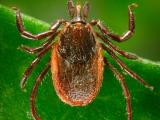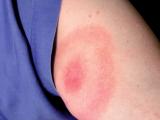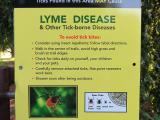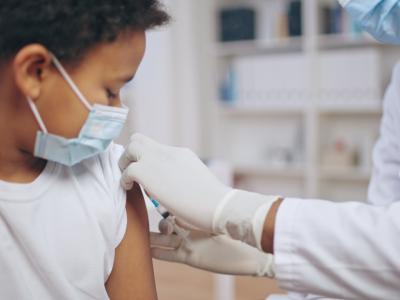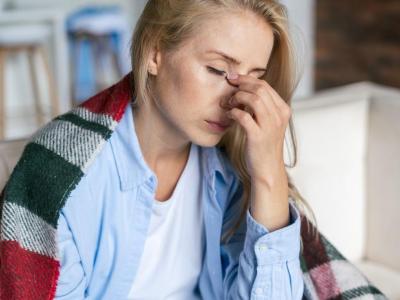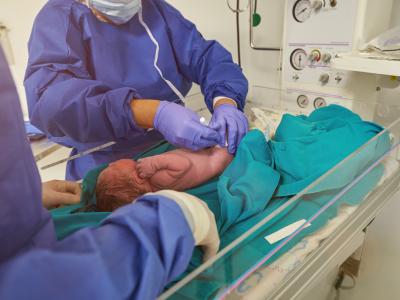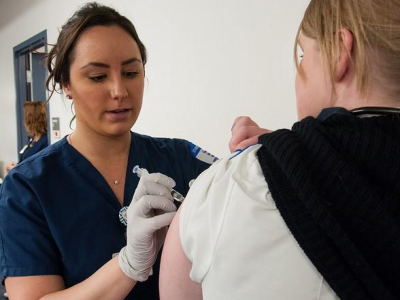Eighteen months after US trial participants received a primary dose of Valneva's Lyme disease vaccine candidate (VLA15), a booster dose raised their antibodies against the disease's causative pathogen to surpass previous levels in the next month, shows a phase 2 clinical trial published late last week in The Lancet Infectious Diseases.
The phase 1 trial data, published in 2023, revealed good immunogenicity and safety of the vaccine, which is based on Borrelia burgdorferi outer surface protein when given in two or three doses. B burgdorferi is the bacterium that causes Lyme disease.
As part of the ongoing randomized controlled trial at 14 US centers in Lyme-endemic areas, a team that included scientists from Valneva, Pfizer, and the Medical University of Vienna in Austria administered a VLA15 booster dose or a placebo to 625 participants aged five to 65 years 18 months after the first dose, from September 2022 to January 2023.
In total, 51% of participants were female, 85% were White, 11% were Black, and 2% were Asian.
"Lyme borreliosis is the most common tick-borne disease in temperate climates of the northern hemisphere," the authors noted. "Although in some cases Lyme borreliosis progresses to serious outcomes, no human vaccines are available for its prevention."
Results support pre–tick season booster
Geometric mean titers (GMTs) of B burgdorferi outer surface protein A (OspA)–specific immunoglobulin G (IgG) waned after the primary vaccine series up to month 18. One month after the 18-month booster dose, GMTs exceeded those after the primary series. Nineteen-month GMTs were higher among children than in adults, similar to after the primary series.
The safety and robust anamnestic immune responses associated with VLA15 boosting support its use as a strategy to increase anti-OspA antibody levels before tick season among children, adolescents, and adults.
Rates of solicited local adverse events within 7 days after the month 18 booster among were significantly higher than in the placebo group. The authors said the tolerability of the booster was similar to that of the primary doses and generally similar across age-groups 1 month after receipt, with all related unsolicited adverse events resolving without complications. No deaths were reported.
"The safety and robust anamnestic immune responses associated with VLA15 boosting support its use as a strategy to increase anti-OspA antibody levels before tick season among children, adolescents, and adults," the researchers wrote. "Forthcoming data after administration of subsequent annual boosters will provide further information about VLA15 antibody persistence and boostability."
'Milestone' against Lyme disease
In a commentary in the same journal, Ondrej Hajdusek, PhD, and Jan Perner, Phd, both with the Institute of Parasitology at the Czech Academy of Sciences, wrote, "What makes the OspA vaccine special is that it works while the tick is feeding (which takes several days) and attacks the pathogen only inside the tick, preventing its transmission."
They added, "Phase 3 clinical trials are currently underway in endemic areas of Europe and the USA. Valneva has received Fast Track designation from the US Food and Drug Administration for its vaccine and intends to submit a Biologics License Application in 2026.
"Overall, the VLA15 vaccine represents a milestone in our fight against Lyme disease, and we eagerly await the results of the next clinical trials."

